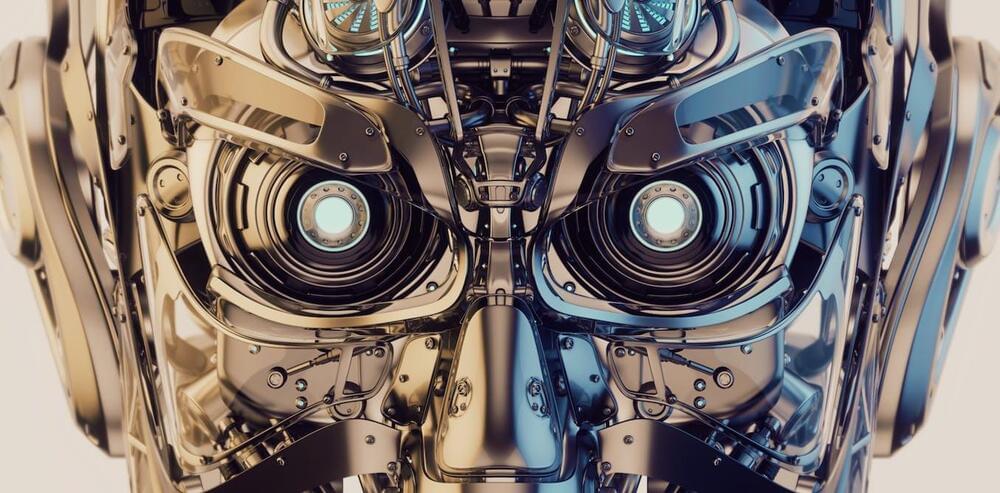Feb 3, 2023
Bill Gates proposal to monitor disease outbreaks could cost $1 billion a year
Posted by Gemechu Taye in categories: biotech/medical, surveillance
Bill Gates, the Microsoft founder turned philanthropist, has called for a global response team to be set up to carry out surveillance for pathogens that can potentially ring in the next pandemic, Financial Times reported.
Long before COVID-19 struck, Gates warned the world of an imminent pandemic and the need to prepare ourselves to face it. Gates has been vocal about the long delays involved in the vaccine development process and the lack of equity in vaccine distribution in the world. So far, he has also been right about how the COVID-19 pandemic will play out and has pandemic avoiding strategies in his new book.


















